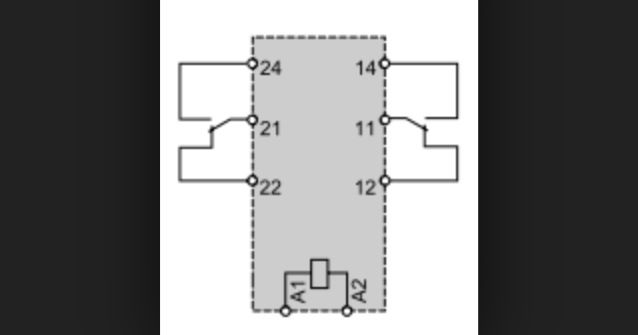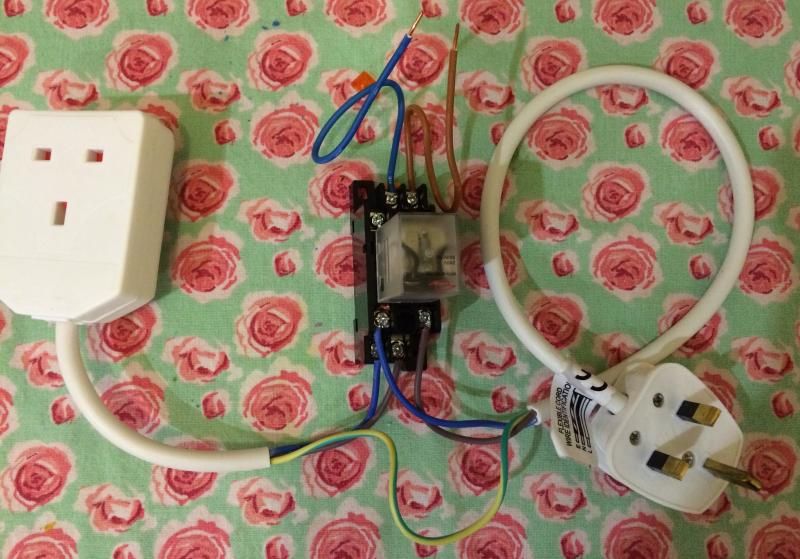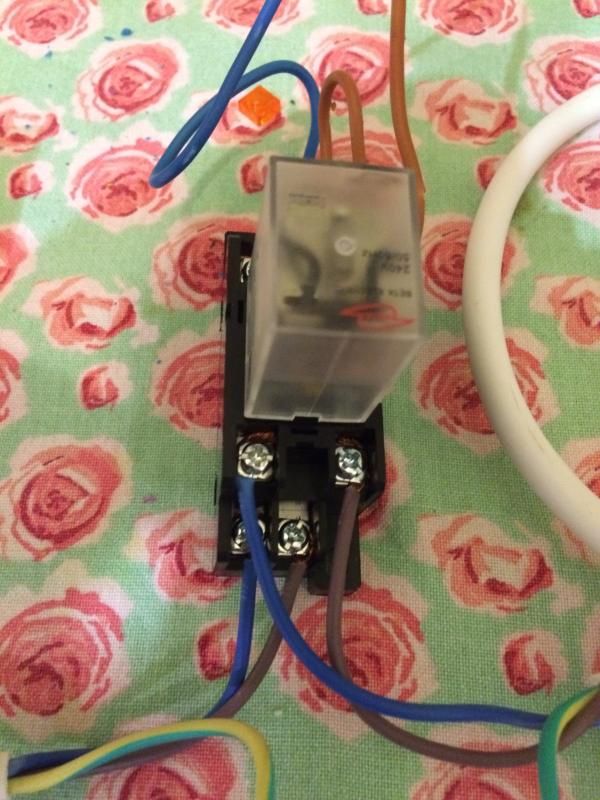RF Lighting's advice is correct if it is a fake. ( It probably is a fake )
These fake AC coil relays have been known to catch fire when the coil is energised for more than a few seconds. ( the magnetic core is solid steel instead of laminated.and heats up on eddy currents )
The real item can be bought from places like Farnell
http://uk.farnell.com/omron-industr...0/power-relay-dpdt-240vac-10a-plug/dp/9862064
There are other sources of similar relays.
I would have similar concerns about that WillHi controller's authenticity.
These fake AC coil relays have been known to catch fire when the coil is energised for more than a few seconds. ( the magnetic core is solid steel instead of laminated.and heats up on eddy currents )
The real item can be bought from places like Farnell
http://uk.farnell.com/omron-industr...0/power-relay-dpdt-240vac-10a-plug/dp/9862064
There are other sources of similar relays.
I would have similar concerns about that WillHi controller's authenticity.






